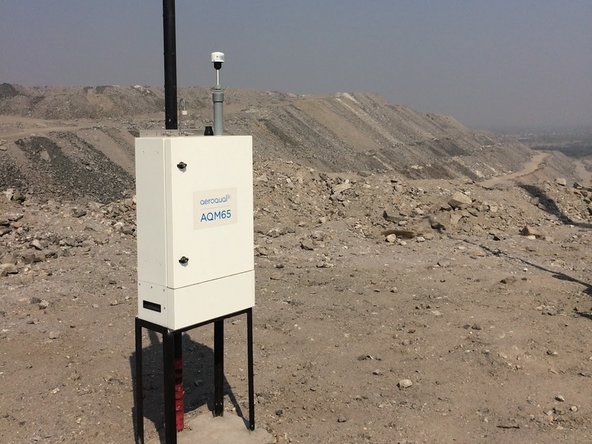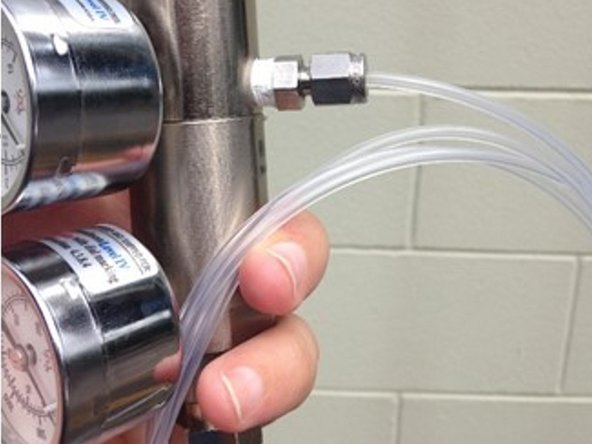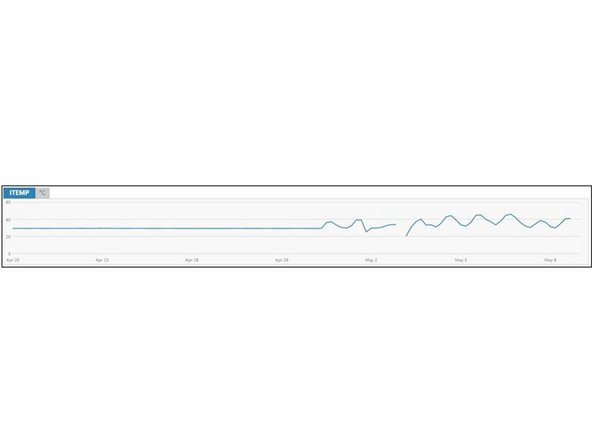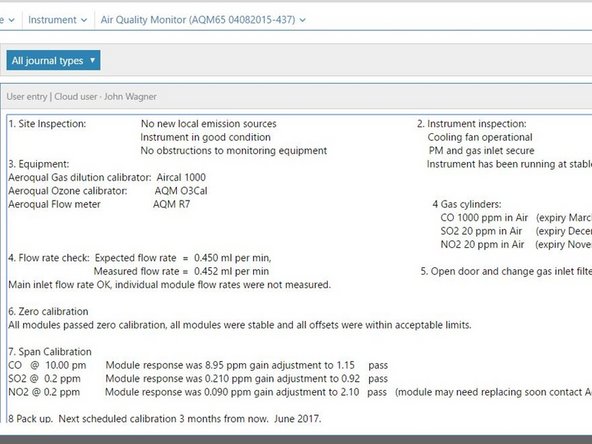Introduction
An internal temperature of 30oC is suitable for most environments. For AQM 65s installed in extreme cold or extreme heat, the set point can be changed to reduce the power demand placed upon the thermal management system.
In climates which experience very cold winters and very hot summers, the AQM 65 can be operated in “summer mode temperature” (eg. +35 oC) and “winter mode temperature” (eg. +10 oC).
Changing the internal temperature significantly affects the accuracy of the sensor module readings and can lead to damage of the internal components. It is therefore important to contact Aeroqual technical support (support@aeroqual.com) before making a change. The internal temperature should be changed as few times as possible.
Note: If you change the internal temperature, you also need to perform a full gas calibration.
-
-
Contact Technical Support before changing the internal temperature set point on your monitor.
-
-
-
Enter service mode so any fluctuations in the data caused from this activity can be excluded from air quality reports.
-
-
-
From the Aeroqual Connect or Aeroqual Cloud home screen, click Diagnostics and Advanced.
-
-
-
The internal temperature set point is controlled by the ITEMP H0 parameter.
-
Select Module Settings from the side menu.
-
Click the ITEMP H0 parameter and type over the existing value with the internal temperature you want to set.
-
Set it above the maximum ambient dew point. For example, if the maximum dew point is 30 degrees, set the internal temperature between 35 to 40 oC to avoid water condensing in the sample lines.
-
When the confirmation message displays, click Save.
-
-
-
Changing the internal temperature significantly affects the accuracy of the sensor module readings so you must perform a full gas calibration.
-
-
-
To make sure the internal temperature is operating as expected, enter Manage Data.
-
-
-
Select Charts from the side menu.
-
View the ITEMP chart to see if there is any instability in the thermal management system.
-
-
-
If you notice instability in the thermal management system, see this page to troubleshoot.
-
If the issue continues, contact Technical Support for advice.
-
For further support, contact Technical Support.
For further support, contact Technical Support.
Cancel: I did not complete this guide.
One other person completed this guide.












